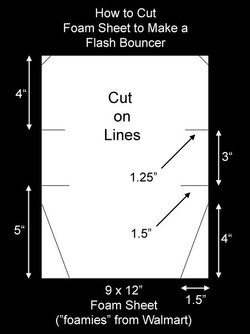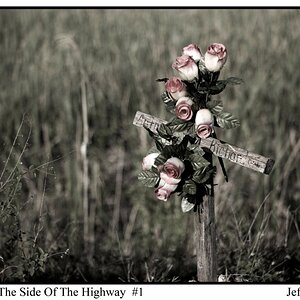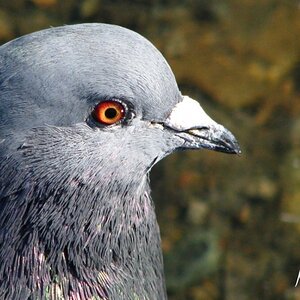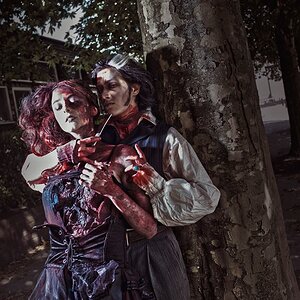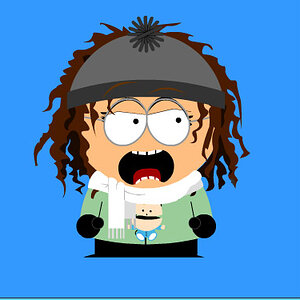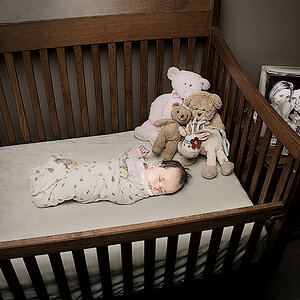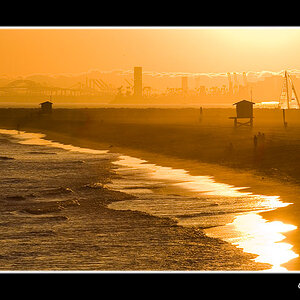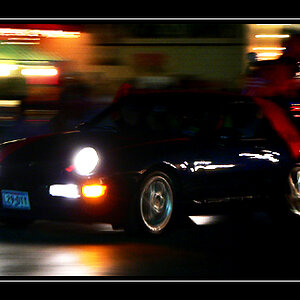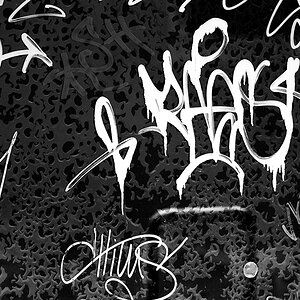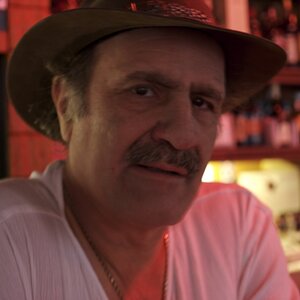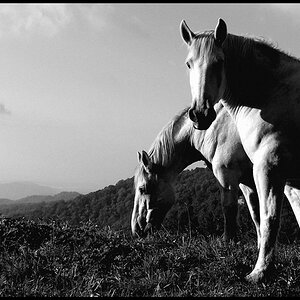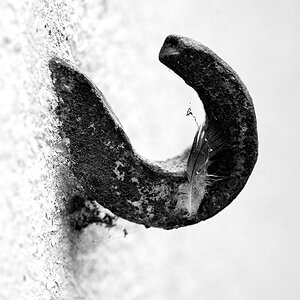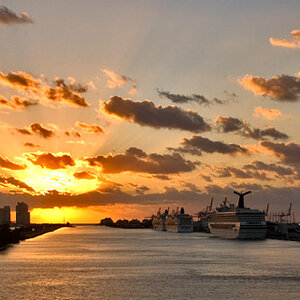ecphoto
TPF Noob!
- Joined
- Mar 6, 2012
- Messages
- 320
- Reaction score
- 18
- Location
- Southern California
- Can others edit my Photos
- Photos OK to edit
I've been using both for a while now. I like them both, I usually only use either of them when I'm in a setting where bouncing from the ceiling doesn't work. I don't want to incite a riot over this lol, I simply want to know which other people prefer when a lite modifier is the only option.

or


or



